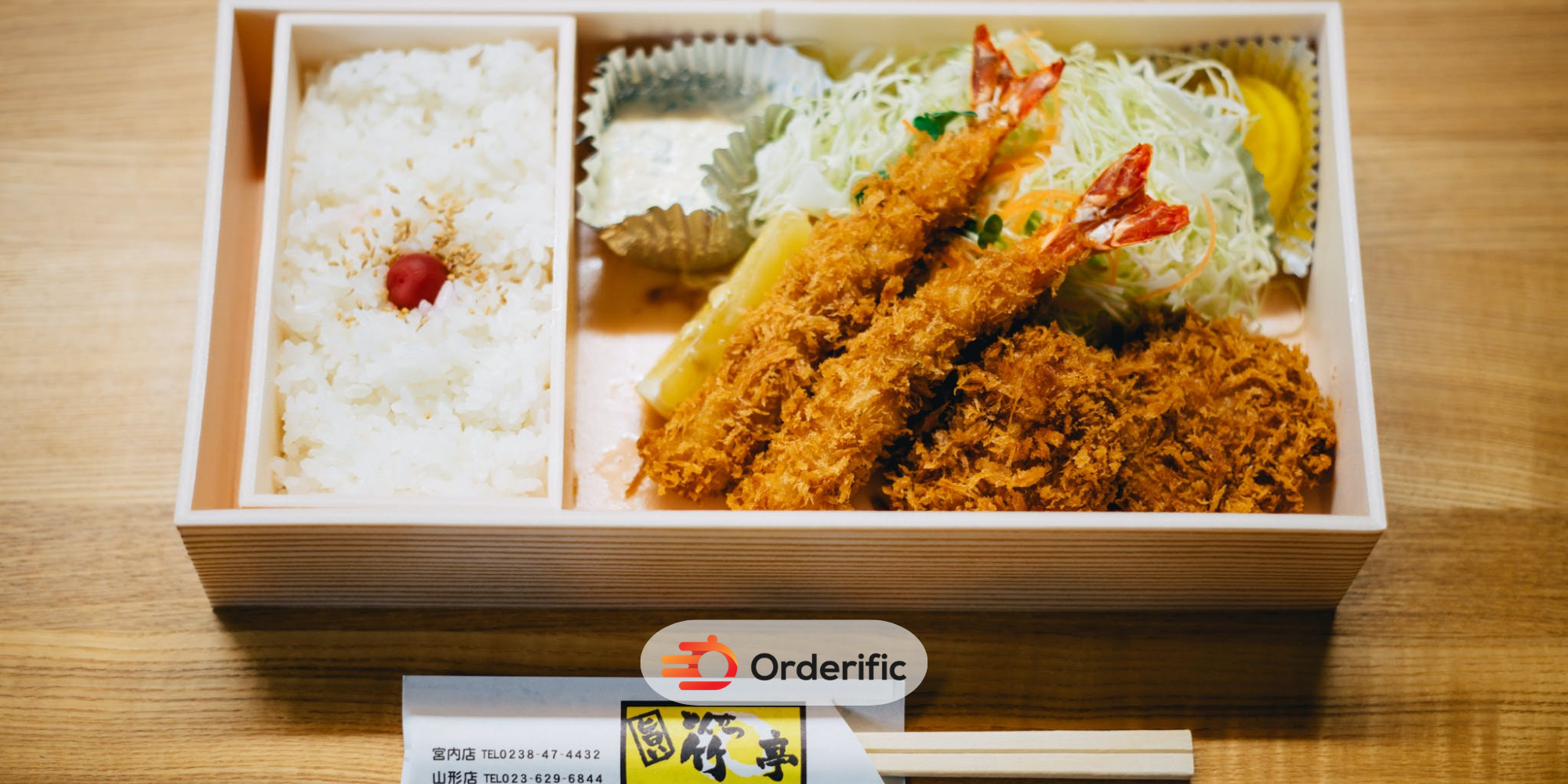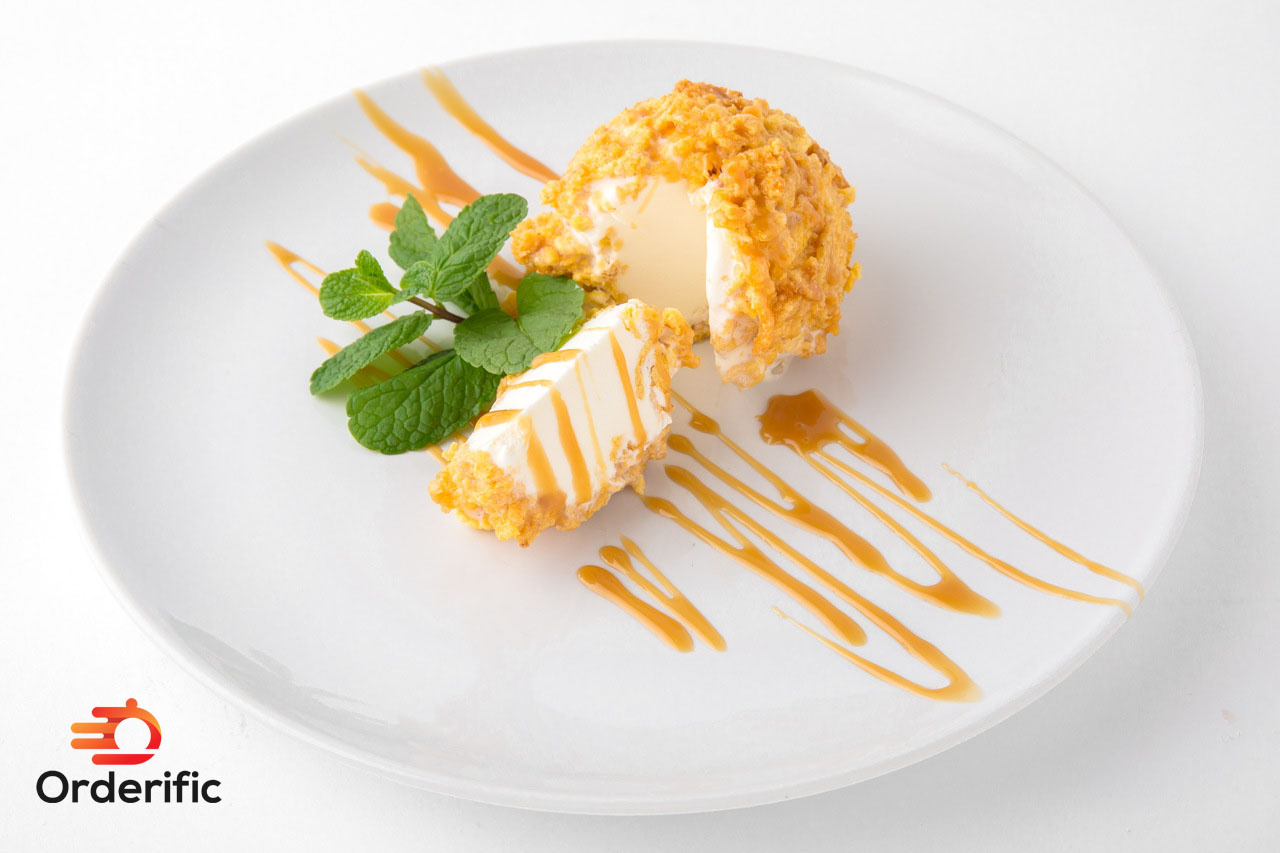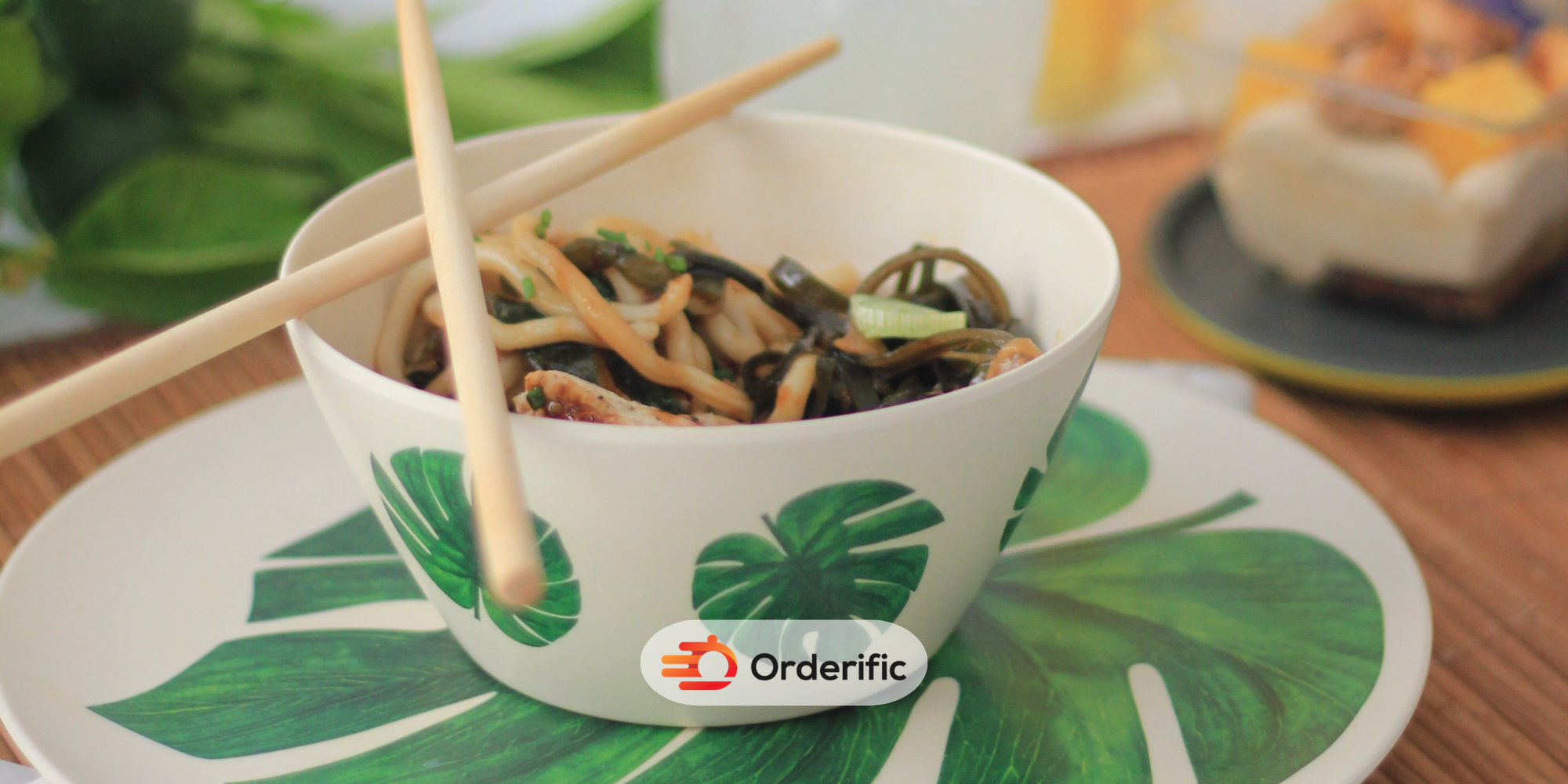Welcome to our exploration of tempura, a delightful cornerstone of Japanese cuisine that has delighted food enthusiasts around the globe. Whether you’re familiar with this dish or just getting introduced to it, our comprehensive guide is here to bring you closer to mastering the art and science of tempura.
In its most basic form, tempura is a dish featuring a variety of ingredients, commonly vegetables, and seafood, that have been battered and deep-fried to golden perfection. However, as with any culinary masterpiece, there’s more to tempura than what meets the eye. Let’s delve into the rich history, diverse ingredients, and unique cooking techniques that make tempura a beloved staple in Japanese cuisine.
The History of Tempura
Tempura is believed to have its origins in the 16th century, when Portuguese missionaries and traders introduced deep-frying techniques to Japan. Over time, Japanese chefs adapted these techniques by using a lighter batter that resulted in a crispier texture and more delicate flavors. This hybrid style of cooking eventually evolved into what is now known as tempura.
The name “tempura” itself traces back to the Portuguese phrase ‘quattuor tempora’, which refers to the Ember days of the Catholic Church, during which meat was abstained from. Tempura, with its base ingredients of vegetables and seafood, thus emerged as a delicious substitute during these periods of abstinence. Interestingly, some theories suggest that the name could also be derived from another Portuguese term, ‘tempero,’ meaning seasoning or cooking style, which is just as fitting considering the unique preparation and flavor profile of tempura.
Fast forward to the present day, and tempura has transcended regional boundaries, becoming a beloved delicacy worldwide. Japanese restaurants around the globe serve tempura in a wide range of styles, from the traditional tendon (tempura served over rice) to modern interpretations, such as tempura sushi rolls. The journey of tempura, from its humble beginnings in the food stalls of Edo to its place in today’s global culinary scene, is a testament to its enduring appeal.
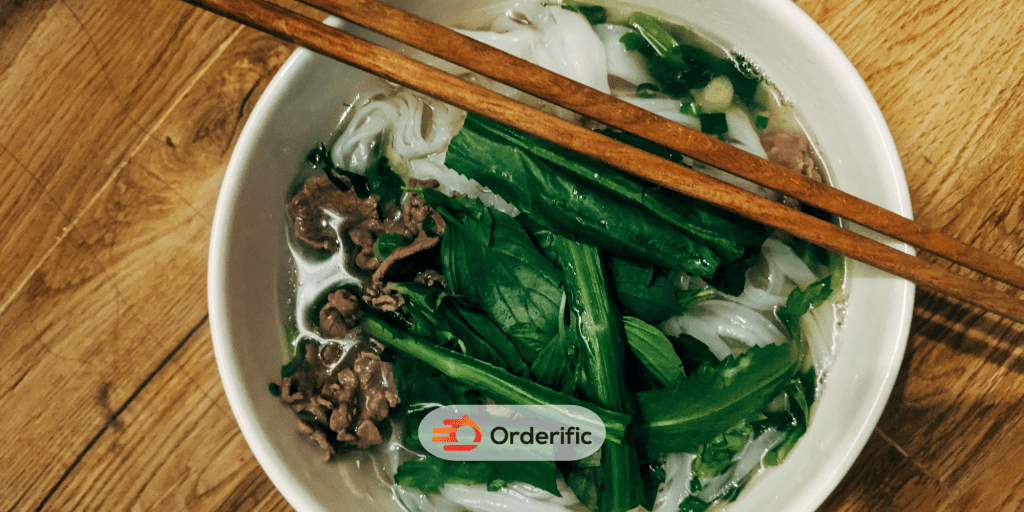
The Evolution of Tempura Ingredients
Although tempura is synonymous with vegetables and seafood, the key ingredients used in this dish have changed over time. During the Edo period (1603-1868), most of Japan was closed off to the outside world, resulting in a limited selection of ingredients available for cooking. Thus, early recipes featured common produce such as sweet potatoes, taro root, and mushrooms.
With the gradual reopening of Japan’s borders in the 19th century, foreign ingredients became more accessible to Japanese chefs. This new influx of ingredients saw tempura recipes branching out to include a variety of meats. For example, chicken or beef, as well as fruits like banana or apple—a testament to tempura’s versatility.
Today, tempura recipes feature a wide variety of ingredients. These are from traditional favorites such as mushrooms and sweet potatoes to more contemporary additions like asparagus or eggplant. There is no definitive list of ‘right’ or ‘wrong’ ingredients for tempura—the possibilities are truly endless!
What is the Difference Between Tempura and Fried Food?
At first glance, tempura may seem like a run-of-the-mill fried food. However, it is distinct from other deep-fried dishes in several ways.
The main difference lies in the batter used for coating the ingredients. Unlike traditional batters which are made of flour and egg, tempura batter consists of only flour and ice-cold water, resulting in a light and airy texture. This is further enhanced by the addition of katakuri-ko or potato starch, which gives tempura its signature crispness.
These ingredients together create a crunchy exterior that locks in the moisture of the ingredients. This allowing to remain juicy and flavorful even after frying. The result? A delightful medley of textures and tastes that’s unique to tempura.
The Types
Tempura may be a beloved Japanese dish, but its recipes have also evolved to encompass global influences. From tendon (tempura served over rice) to tempura udon (noodles in hot broth with tempura), there are many variations of this classic dish. You can cater to different tastes and preferences. Here are some of the most popular types of tempura:
Ebi Tempura (Shrimp Tempura)
Ebi tempura is arguably one of the most popular types of tempura, featuring succulent shrimp coated in a light and airy batter before being deep-fried to golden perfection. This dish is best enjoyed with a sprinkle of salt. Also you can enjoy with a dip in the accompanying tsuyu sauce for an added zing.
Kakiage Tempura
Kakiage tempura is an innovative variation of tempura. It features a mix of vegetables, such as onions and carrots, as well as seafood like shrimp or squid. The ingredients are cut into small pieces before being blended to create a uniform mixture. This mixture is then coated with batter and deep-fried in large batches for a unique appetizer.
Egg Tempura
Egg tempura is a simple yet satisfying dish that features eggs, either whole or in halves, that are coated in batter and deep-fried. The resulting texture is crispy on the outside. But it soft and creamy on the inside—the perfect accompaniment to any meal.
Vegetable Tempura
Vegetable tempura is a lighter version of the classic dish that features an array of vegetables, such as eggplant or sweet potato, battered and deep-fried. This variation offers a great way to enjoy the flavors of tempura without the guilt!
Shiso Tempura
Shiso tempura is one of the more unique variations of this classic dish, featuring whole leaves of shiso (a Japanese herb) that are battered and deep-fried. The result is a crispy yet fragrant appetizer that packs quite a punch!
Sakana Tempura (Fish Tempura)
Sakana tempura, also known as fish tempura, is a delightful dish featuring white fish that has been battered and deep-fried. The light and airy batter helps to lock in the moisture of the fish for a succulent texture that’s bursting with flavor.
Kakiage Donburi
Kakiage donburi is a modern twist on the classic tempura dish, featuring a bowl of rice topped with kakiage tempura. This hearty meal is sure to satisfy even the biggest appetites!
Toriten (Chicken Tempura)
Torsten, also known as chicken tempura, is a flavorful variation of the classic dish that features chunks of chicken coated in batter and deep-fried. This dish can be enjoyed on its own or served over rice for a more filling meal.
How to Enjoy It
Tempura is a versatile dish that can be enjoyed in a variety of ways. Here are some of the most popular methods for enjoying this classic Japanese delicacy:
- As an appetizer: It is the perfect way to start a meal. Whether as part of an omakase menu or simply as an accompaniment to a light snack. Enjoying tempura as an appetizer is also a great way to sample different flavors without overindulging.
- As a main course: It can also be enjoyed as the main star of the meal. Whether in the form of tendon (tempura served over rice) or simply accompanied by some Japanese soup and salad. With its myriad of flavors and textures, it is sure to keep you satisfied from start to finish.
- As a snack: It makes for the perfect snack between meals or for when you’re on the go. Enjoy it on its own or with some tartar sauce for an extra zing!
High-End Omakase Tempura Course Meal at Tempura Ono
For those looking for the ultimate tempura experience, you might want to check out Tempura Ono, a premium Japanese restaurant in Tokyo. Here, diners can enjoy an omakase tempura course meal featuring some of the freshest ingredients sourced from around Japan.
The meal starts with a selection of appetizers such as Fukui ken (tempura wrapped in seaweed), satsumaage (deep-fried fish paste cake), and haneten (deep-fried noodles). This is followed by a selection of premium tempura, such as shrimp tempura with yuzu pepper, unagi eel coated in egg yolk batter, and tsubugai kakiage tempura.
The meal ends with a selection of desserts, including tempura ice cream and matcha-flavored tempura. Each course is a feast for the senses, featuring an array of textures and flavors that are sure to delight even the most discerning palate.
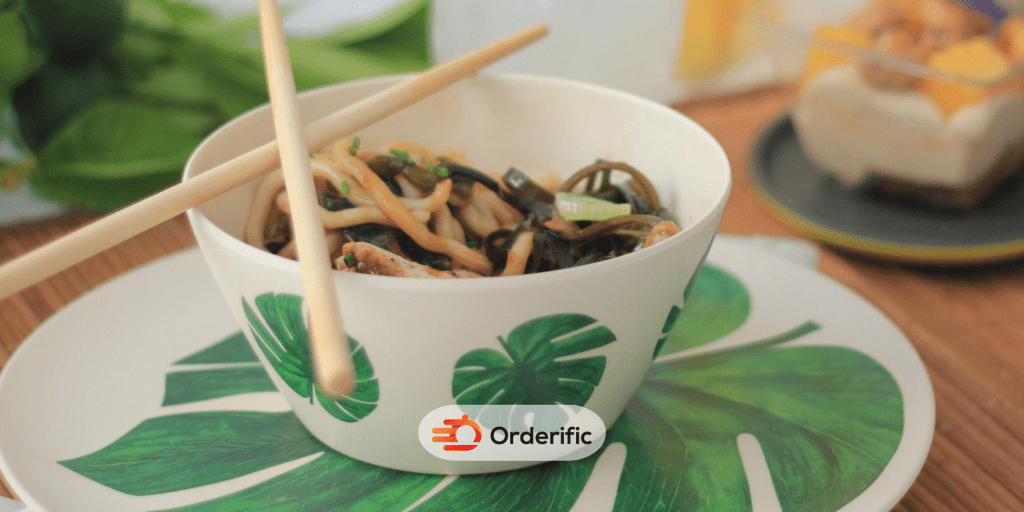
Conclusion
Tempura is a beloved Japanese dish that has been enjoyed for centuries. With its history, diverse ingredients, and unique cooking technique, it’s no wonder why this dish continues to remain popular even today. We hope you’ve enjoyed taking this journey with us from Edo to the modern age—and perhaps now you’re ready to start exploring tempura in your kitchen! Bon appetit!
The key to mastering tempura lies in finding the perfect balance between flavor and texture. The ideal tempura should be light yet airy with a subtle crunch that gives way to a juicy center, all enveloped in a delightful aroma. To achieve this, it’s important to use fresh ingredients as well as the right batter-to-water ratio for the perfect consistency. With a little practice and creativity, you can become a tempura master in no time!
Try out different variations of tempura to find your favorite flavor combinations. From ebi tempura (shrimp tempura) to kakiage donburi (rice bowl with vegetable and seafood tempura), there are endless possibilities when it comes to enjoying this classic Japanese dish. So don your apron and get ready to explore the world of tempura!
Click here for more flavorful and informative advice with Orderific. To start experiencing the great benefits Orderific can bring to your business, click here now. Try Orderific!
FAQs
What is the history and origin of tempura, and how did it become popular in Japanese cuisine?
It is believed to have its origins in the 16th century, when Portuguese missionaries and traders introduced deep-frying techniques to Japan.
Can you explain the basic process of making tempura, including the choice of ingredients and frying methods?
It is most commonly made with vegetables and seafood. They are coated in a light batter made of flour and ice-cold water, then deep-fried.
Are there any notable tempura variations found in other cuisines or cultures around the world?
Yes, it is a beloved dish worldwide. There are many variations of this classic dish that cater to different tastes and preferences.
What are some tips or tricks for achieving a light and crispy tempura texture when preparing it at home?
The key to mastering tempura lies in finding the perfect balance between flavor and texture.
Are there any reputable restaurants in Tokyo that serve high-end tempura courses?
Yes, Tempura Ono is a premium Japanese restaurant in Tokyo that offers an omakase tempura course meal featuring some of the freshest ingredients.


